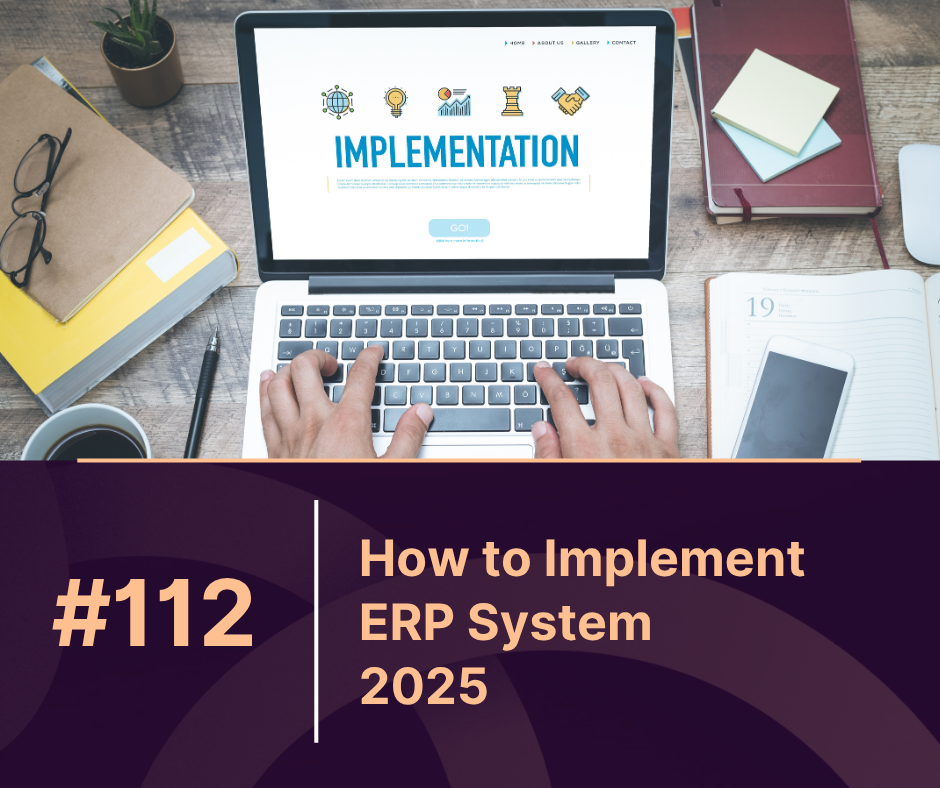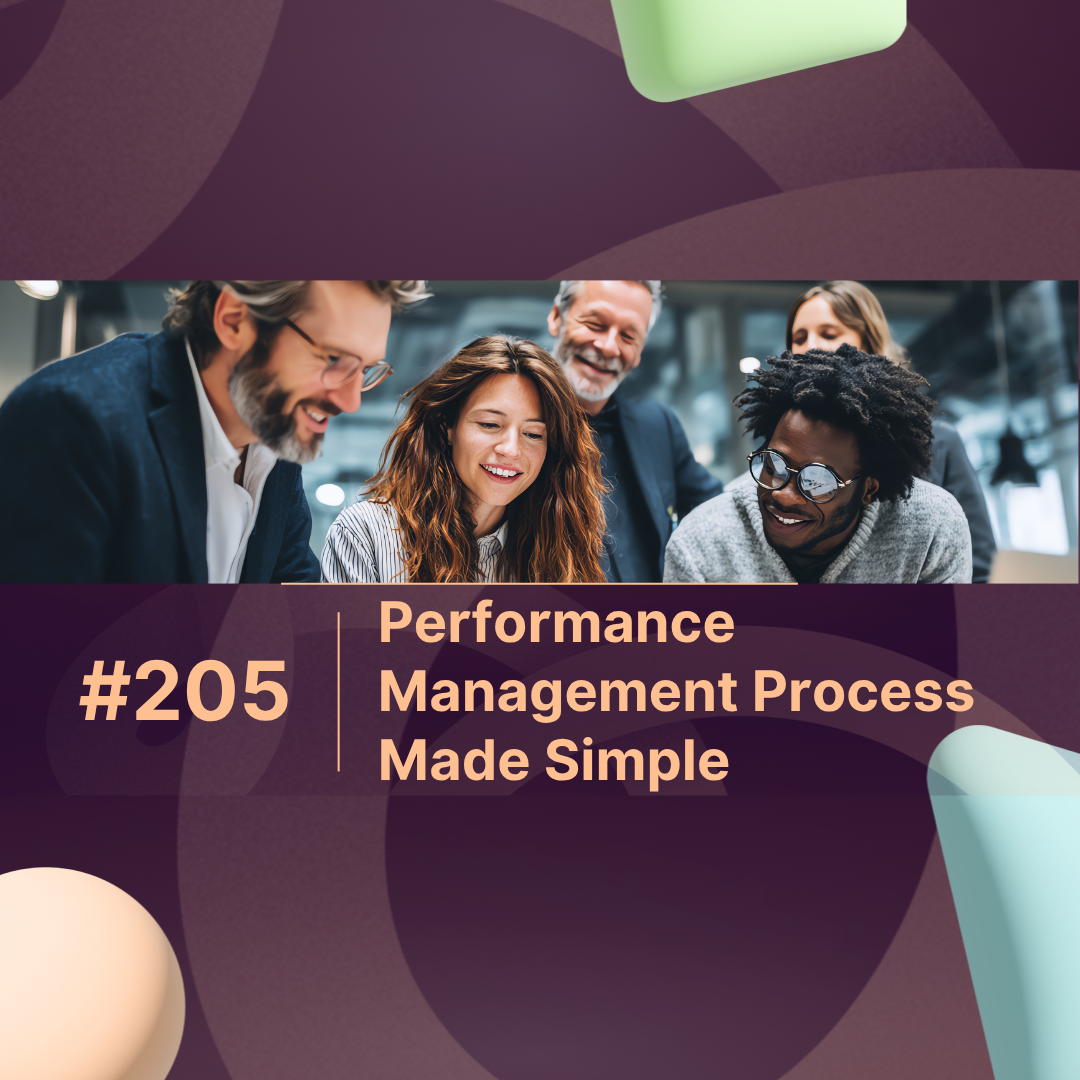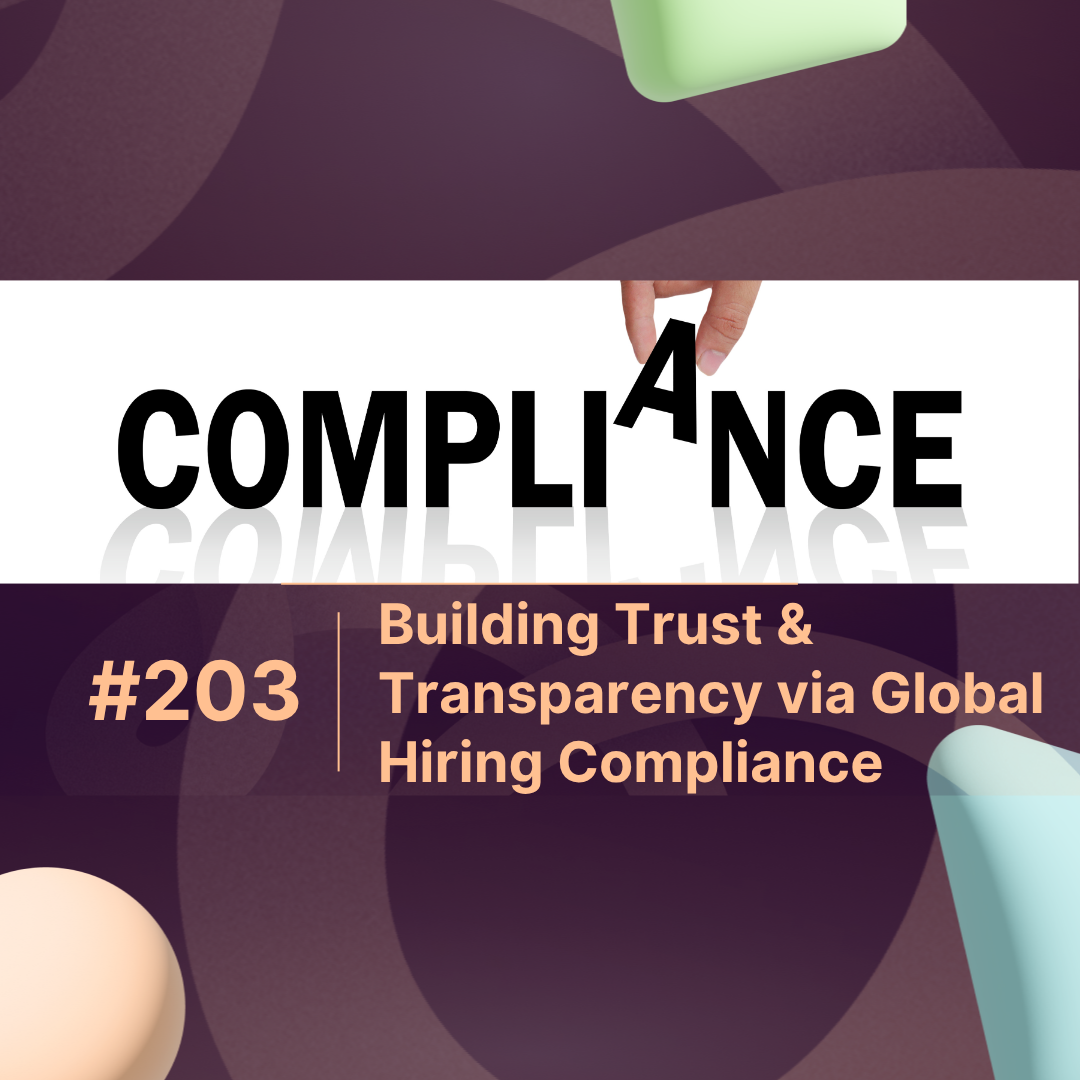Overview
If you’re wondering “how to implement ERP system in 2025?” — this guide breaks it down into simple, actionable steps. From planning to post-launch support, we explain how to avoid common pitfalls, reduce downtime, and ensure a smooth ERP rollout. Whether you’re a small business or an enterprise, this article is tailored for decision-makers looking for the easiest ERP implementation strategy in 2025.
Implementing an ERP system in 2025 requires more than just installing new software—it’s about aligning technology with business goals. Modern ERP solutions integrate finance, HR, supply chain, and customer data into one unified platform, giving decision-makers real-time visibility. However, the process can be complex if not approached strategically. From assessing business needs to choosing the right vendor, migrating data, and training employees, each step plays a critical role in ensuring success. Companies in the UAE and beyond are increasingly relying on ERP systems not just to automate processes but to stay agile in fast-changing markets.
Why ERP Implementation Still Matters in 2025
Enterprise Resource Planning (ERP) systems have evolved rapidly — yet implementation remains one of the most critical (and challenging) steps. Done wrong, it causes delays, confusion, and wasted resources. Done right, it transforms productivity, visibility, and scalability across your organization. That’s why learning how to implement ERP system correctly is more important than ever.
Step-by-Step: How to Implement ERP System in 2025
Here is a clear breakdown of the full ERP implementation process:
1. Define Your Business Needs
Before choosing an ERP system, understand what your business needs. Do you want better inventory control? Simplified HR? Automated workflows? Set specific goals and KPIs.
2. Choose the Right ERP System
Select an ERP that aligns with your business goals, supports future growth, and is user-friendly.
✅ Tip: Max ERP offers one of the easiest implementations with intuitive setup and industry-specific modules.
3. Set an Implementation Team
Form a cross-functional team of department heads, IT experts, and a project manager. Clear communication and ownership are key to successful ERP adoption.
4. Plan Your Timeline and Budget
Set realistic timeframes and budgets. Over-promising leads to stress and errors. Include time for testing, training, and post-launch support.
5. Data Migration
Clean, organize, and migrate your data securely. Ensure you have backups and conduct multiple tests before final migration.
6. System Configuration
Customize the ERP system to match your workflows and processes. Avoid over-customization; stick to what’s essential to avoid complexity.
7. User Training
Train your staff early and often. Use video tutorials, live sessions, and help centers.
✅ Max ERP includes in-app guidance and 24/7 support to simplify user onboarding.
8. Testing and Go-Live
Run a pilot test. Identify bugs or gaps, fix them, and ensure all departments are ready before full deployment.
9. Post-Go-Live Support and Monitoring
Monitor system performance and gather feedback. Provide ongoing training and updates to keep your ERP running smoothly.
ERP Implementation Timeline
| Implementation Phase | Time Estimate | Key Activities |
|---|---|---|
| Requirement Analysis | 2–3 Weeks | Identify needs, KPIs, goals |
| ERP Selection | 2–4 Weeks | Vendor demo, pricing, trial, decision |
| Planning & Budgeting | 1–2 Weeks | Define scope, allocate budget |
| Data Migration & Setup | 3–6 Weeks | Clean, import, and map data |
| User Training | 1–2 Weeks | Conduct onboarding and role-based training |
| Testing & Go-Live | 2 Weeks | Pilot test, deploy, review |
| Post-Go-Live Support | Ongoing | Monitoring, optimization, scaling |
Why Max ERP Offers the Easiest Implementation in 2025
Max ERP is designed for businesses that want a simple, fast, and reliable ERP implementation. Whether you’re in retail, services, manufacturing, or HR, Max ERP provides:
-
Plug-and-play modules
-
Preconfigured templates
-
Cloud-based onboarding
-
Guided training dashboards
-
24/7 human support
✅ No IT background required. No delays. Just results.
Conclusion: Take the Stress Out of ERP Implementation
Learning how to implement ERP system doesn’t need to be overwhelming. With proper planning, the right ERP software, and clear communication, your business can go live faster, smarter, and with minimal disruption. In 2025, tools like Max ERP make implementation easier than ever — making it the perfect time to upgrade your operations.
FAQs
Q1: How long does it take to implement an ERP system?
A: It typically takes 3 to 6 months, depending on company size and complexity.
Q2: What is the most critical phase of ERP implementation?
A: Data migration and user training are the most important for long-term success.
Q3: Is ERP implementation expensive?
A: Costs vary, but cloud-based systems like Max ERP offer affordable monthly plans and lower setup costs.
Q4: Can small businesses implement ERP systems easily?
A: Yes. Max ERP is designed for businesses of all sizes with scalable features and simple onboarding.
Q5: What is the best ERP software for easy implementation?
A: Max ERP stands out in 2025 for its fast deployment, intuitive interface, and dedicated support.



